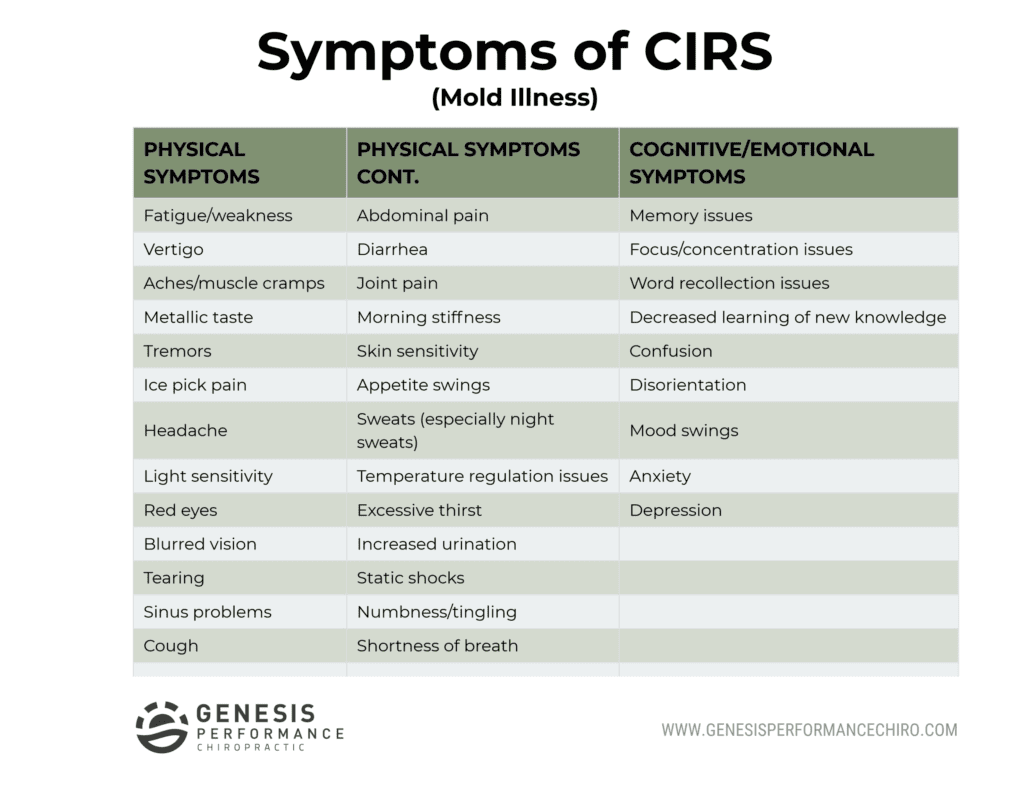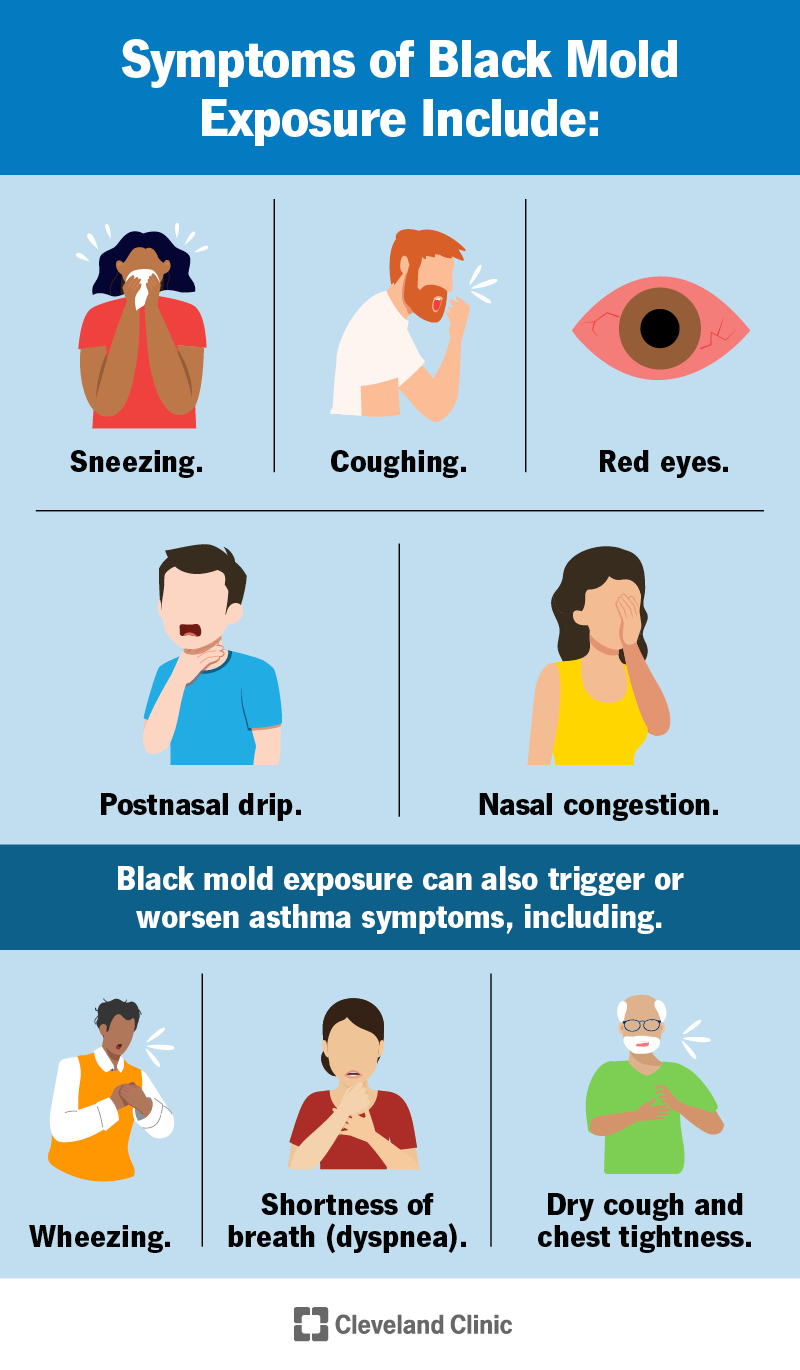In this article, you will discover the key medical symptoms associated with mold exposure and why seeking professional diagnosis and treatment is crucial. Mold exposure can lead to a range of health issues, including respiratory problems, allergic reactions, and even potentially serious infections. By understanding the telltale signs of mold exposure, you can take proactive steps towards getting the necessary help and ensuring a healthier living environment. So, let’s explore the symptoms, the importance of professional diagnosis, and the available treatments to combat the effects of mold exposure.
Understanding Mold Exposure
What is mold?
Mold is a type of fungus that can be found both indoors and outdoors. It thrives in damp and humid environments, making it especially common in areas that have experienced water damage or have high levels of moisture. Mold comes in various forms and colors, including black, green, and white. It spreads through the release of tiny spores into the air, which can then settle and grow on surfaces.
How does mold exposure occur?
Mold exposure can occur through inhalation, ingestion, or direct contact with mold spores or mycotoxins, which are toxic substances produced by some molds. Inhalation is the most common route of exposure, as mold spores can easily become airborne and be inhaled into the respiratory system. Mold growth in indoor environments, such as homes or workplaces, can significantly increase the risk of exposure.
Common sources of mold growth
Mold can grow in various areas, especially those with moisture issues. Some common sources of mold growth include:
- Leaking pipes or roofs: Moisture from leaks can create an ideal environment for mold growth.
- High humidity: Areas with consistently high humidity levels, like bathrooms or basements, are susceptible to mold growth.
- Flooding: If a building experiences flooding, it can lead to water damage and subsequent mold growth if not properly addressed.
- Poor ventilation: Insufficient ventilation can cause moisture to accumulate and create conditions suitable for mold growth.
- Damp materials: Carpets, furniture, and clothing that remain wet for an extended period of time can provide a breeding ground for mold.
Symptoms of Mold Exposure
Allergic reactions
Exposure to mold can trigger allergic reactions in some individuals. Common symptoms of mold allergies include sneezing, runny or stuffy nose, itchy or watery eyes, coughing, and throat irritation. These symptoms may resemble those of other allergies, such as hay fever, making it important to consider mold exposure as a potential cause.
Respiratory symptoms
Mold exposure can also lead to respiratory symptoms, particularly in individuals with pre-existing respiratory conditions such as asthma or chronic obstructive pulmonary disease (COPD). Common respiratory symptoms include coughing, wheezing, shortness of breath, and chest tightness. These symptoms may worsen in indoor environments with high mold concentrations.
Skin symptoms
Direct contact with mold or mycotoxins can cause skin symptoms. These may include rashes, redness, itchiness, and hives. Some individuals may also experience fungal infections on their skin, resulting in athlete’s foot or other similar conditions.
Neurological symptoms
Certain molds produce mycotoxins that can affect the nervous system, leading to neurological symptoms. These symptoms may include headaches, dizziness, difficulty concentrating, memory problems, and mood swings. Prolonged exposure to mold or high levels of mycotoxins can result in more severe neurological effects.
Digestive symptoms
Ingestion of mold-contaminated food or water can cause digestive symptoms. These may include nausea, vomiting, abdominal pain, diarrhea, and loss of appetite. Individuals with underlying digestive conditions may experience worsened symptoms upon exposure to mold.
Fatigue and weakness
Exposure to mold can result in feelings of fatigue and overall weakness. This can be a result of the body’s immune response to mold exposure or the mycotoxins released by certain mold species. Fatigue may persist even after rest, and individuals may find it difficult to regain energy.
Musculoskeletal symptoms
Some individuals exposed to mold may experience musculoskeletal symptoms, including joint pain, muscle aches, and stiffness. These symptoms can be similar to those of other conditions such as fibromyalgia, making it necessary to consider mold exposure as a potential cause.
Immunological symptoms
Mold exposure can also affect the immune system, leading to symptoms such as frequent infections, recurrent respiratory illnesses, and increased susceptibility to allergies and respiratory conditions. The immune system may become overwhelmed by the constant presence of mold spores or mycotoxins, leading to immunological dysfunction.

Seeking Professional Diagnosis
Medical history and physical examination
To diagnose mold exposure, a medical professional will typically start by taking a detailed medical history and performing a physical examination. They will inquire about the individual’s symptoms, duration of exposure, and any relevant environmental factors. A thorough physical examination may also help identify any visible signs of mold-related health issues.
Allergy testing
Allergy testing, such as skin prick tests or blood tests, can help determine if an individual has developed allergies to specific types of mold. These tests involve exposing the individual to small amounts of various molds and monitoring their body’s immune response. Allergy testing can be useful in identifying specific molds that may be causing allergic reactions.
Mold-specific testing
To confirm mold exposure, mold-specific testing may be conducted. This typically involves testing air and surface samples from the affected environment to identify the presence of mold spores and determine their types and concentrations. Mold-specific testing can provide valuable insights into the extent of mold exposure and identify the specific molds responsible.
Other diagnostic tests
In some cases, additional diagnostic tests may be necessary to assess the impact of mold exposure on an individual’s health. These tests may include blood tests to evaluate organ function, imaging studies to assess the respiratory system, and neurological examinations to evaluate any neurological symptoms. These tests help provide a comprehensive assessment of the individual’s health status.

Treatment Options for Mold Exposure
Identifying and removing the source of mold
The first step in treating mold exposure is to identify and remove the source of mold growth. This may involve repairing leaks, improving ventilation, and addressing any moisture issues. Professional mold remediation may be necessary in severe cases. Removing the source of mold is crucial to prevent further exposure and to create a healthier indoor environment.
Medication and allergy treatment
Medication can be prescribed to manage symptoms associated with mold exposure. Antihistamines can help relieve allergic reactions such as sneezing and itching. Nasal corticosteroids can reduce nasal inflammation, and bronchodilators may help alleviate respiratory symptoms. Immunotherapy, or allergy shots, can also be considered for individuals with severe mold allergies.
Lifestyle changes and prevention
Making certain lifestyle changes can help reduce the risk of mold exposure. Regularly cleaning and drying areas prone to moisture, using exhaust fans in bathrooms and kitchens, and ensuring proper ventilation can discourage mold growth. Additionally, using air purifiers and dehumidifiers can help maintain optimal indoor air quality.
Alternative therapies
Some individuals may explore alternative therapies to manage mold exposure symptoms. These may include herbal remedies, acupuncture, or detoxification treatments. While these therapies may provide relief for some individuals, it is important to consult with a healthcare professional before trying any alternative treatments.
In conclusion, mold exposure can lead to a wide range of symptoms affecting various body systems. Seeking professional diagnosis is crucial to accurately identify mold-related health issues and develop an appropriate treatment plan. By understanding the sources of mold growth, recognizing the symptoms of mold exposure, and implementing appropriate treatment options, individuals can better manage and prevent the negative health effects associated with mold exposure.

